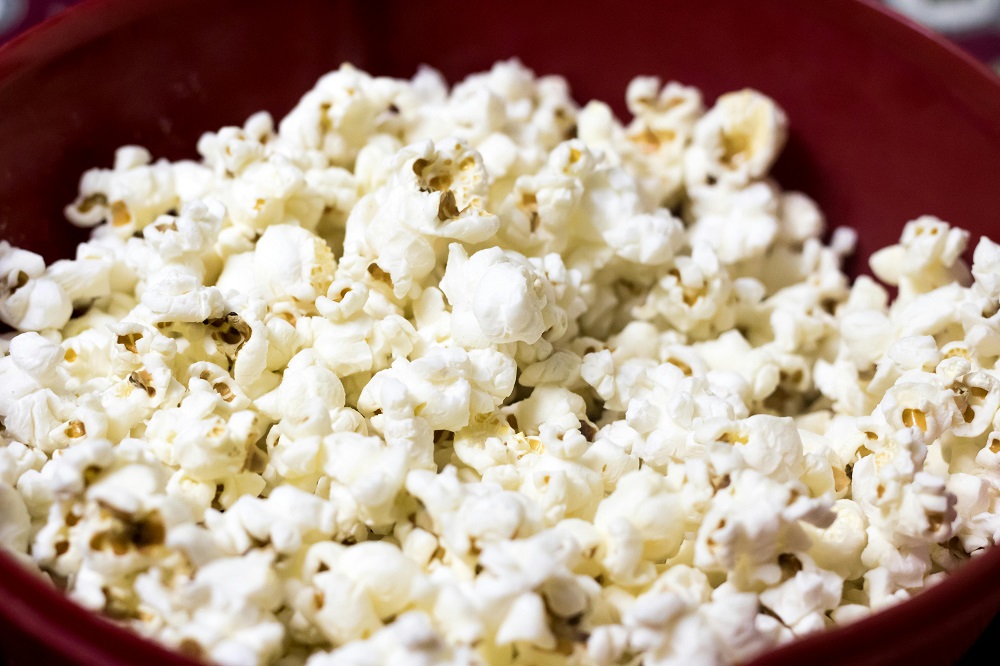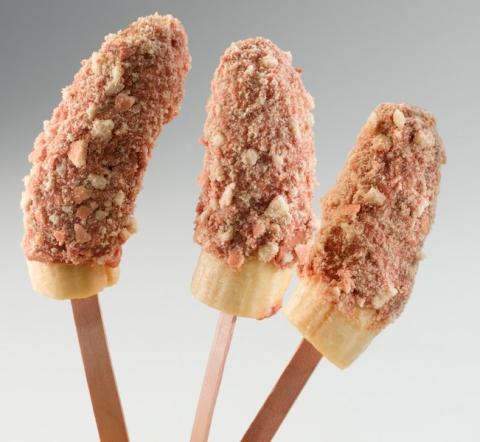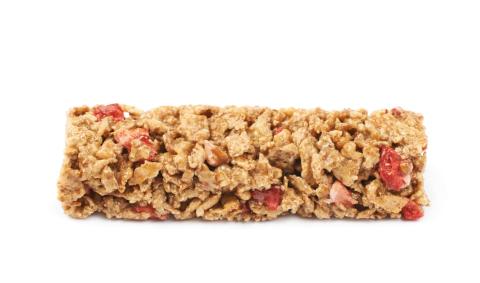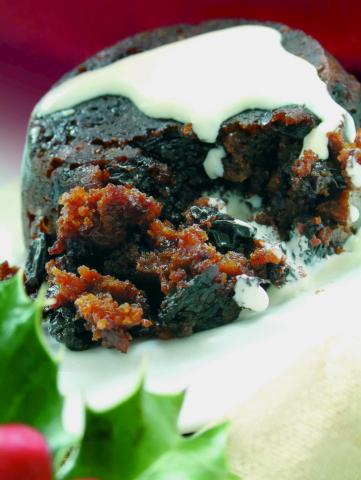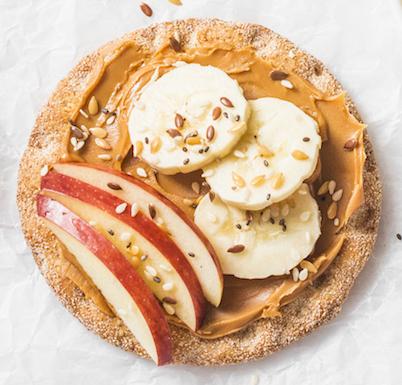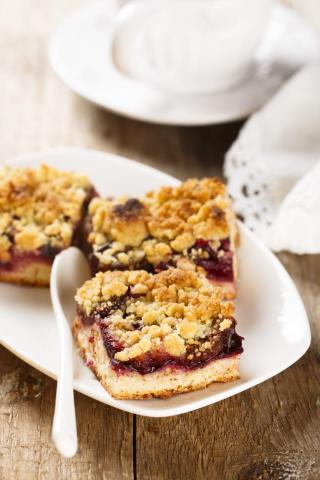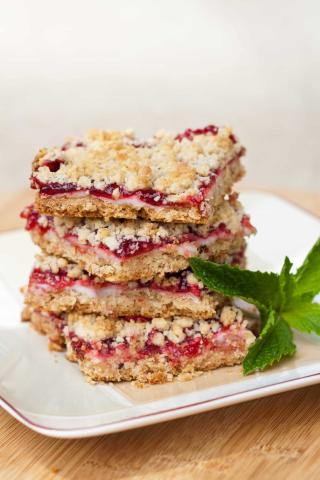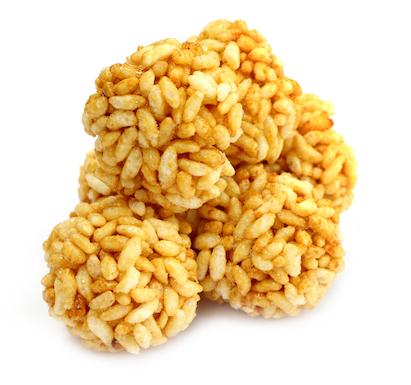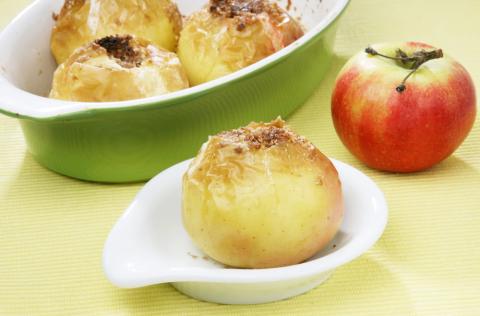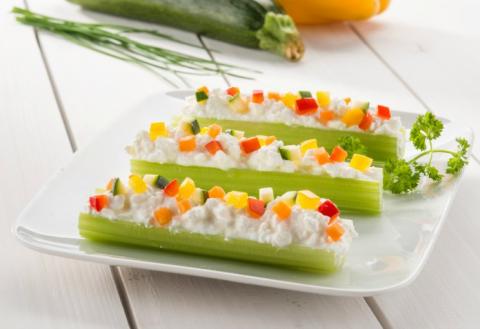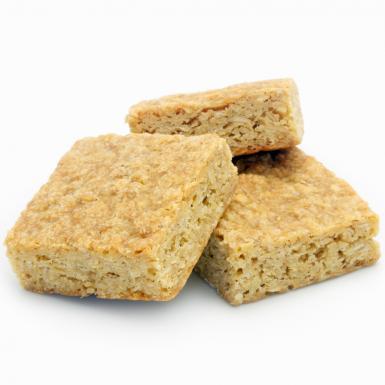- (5g) Vegetable Oil
- (1g) Chilli Powder
- 2 Tablespoon (45g) Popping Corn
Ingredients
Allergy Disclaimer
Always check the label of each ingredient for allergy warnings.
Method
- Heat oil in a large pan that has a lid (keep lid off while heating the oil)
- Once oil starts to smoke add popping corn to the pan and cover with lid. Depending on the size of your pan you may need to cook in smaller amounts.
- Shake the pan regularly until it begins to pop than shake constantly while popping.
- Once the corn has popped sprinkle on your spice and shake until evenly coated then serve. Can be enjoyed hot or cold.
Remember that little ones can choke on small foods. Read our page on choking to see what you can do to prevent this.
Time Saver Tips
Why not make the popcorn beforehand and keep it handy in an airtight container to stay fresh for later?
Cost Saver Tips
You could try buying the popping corn in bulk, so you can just keep the pack sealed until you want to get popping again!
Tips for Kids
If your little one isn’t a big fan of spice, you could make this plain or add less spice. What about giving cinnamon a go for a different flavour?
Nutritional Information
Based on a single serving of 9g (% of an adult's reference intake)
Energy
53 kcals ( 3 %)
224 kJ ( 3 %)
Fat
0.4 g ( 2 %)
Saturates
0.1 g ( 1 %)
Sugar
0.1 g ( 1 %)
Salt
1 g ( 0 %)
Detailed nutritional information
| Per 100g | Per 9g serving | |
|---|---|---|
| Energy Kcals | 593 | 53 |
| Energy Kj | 2,491 | 224 |
| Protein | 6.2 g | 0.6 g |
| Total Fat | g | g |
| Saturated Fat | 4.3 g | 0.4 g |
| Carbohydrates | 1.1 g | 0.1 g |
| Total Sugars | 1.1 g | 0.1 g |
| NSP Fibre | 9.3 g | 0.8 g |
| Sodium | 4 mg | 0.4 mg |
| Salt | 1 g | 1 g |
Find out about nutritional labelling
Nutrition labels on the front of packaging
- Most of the big supermarkets and many food manufacturers display nutritional information on the front of pre-packed food.
- Front of pack nutrition labels provide information on the number of grams of fat, saturated fat, sugars and salt and the amount of energy (in kJ and kcal) in a serving or portion of a recipe.
- The labels also include information about reference intakes (expressed as a percentage) which are guidelines about the approximate amount of particular nutrients and energy required for a healthy diet.
- The colour coding tells you at a glance if the food has high (red), medium (amber) or low (green) amounts of fat, saturated fat, sugars and salt.
- The more greens on the label, the healthier the choice
- Amber means neither high nor low, so you can eat foods with all or mostly ambers on the label most of the time.
- Reds on the label means the food is high in that nutrient and these are the foods we should cut down on. Try to eat these foods less often and in small amounts.
Food shopping tips
If you’re trying to decide which product to choose, check to see if there's a nutrition label on the front of the pack. This will help you to quickly assess how your choices stack up. You will often find a mixture of red, amber and green colour coding for the nutrients. So when you're choosing between similar products, try to go for more greens and ambers and fewer reds if you want to make a healthier choice.
 Activities & Play
Activities & Play Behaviour
Behaviour Childcare
Childcare Development & Growing Up
Development & Growing Up Family, Friends & Relationships
Family, Friends & Relationships Feeding Your Baby
Feeding Your Baby Food & Eating
Food & Eating Health & Safety
Health & Safety Mental Health & Wellbeing
Mental Health & Wellbeing Money & Work
Money & Work Online Behaviour & Safety
Online Behaviour & Safety Pregnancy & First Days
Pregnancy & First Days School & Education
School & Education Sleep
Sleep

